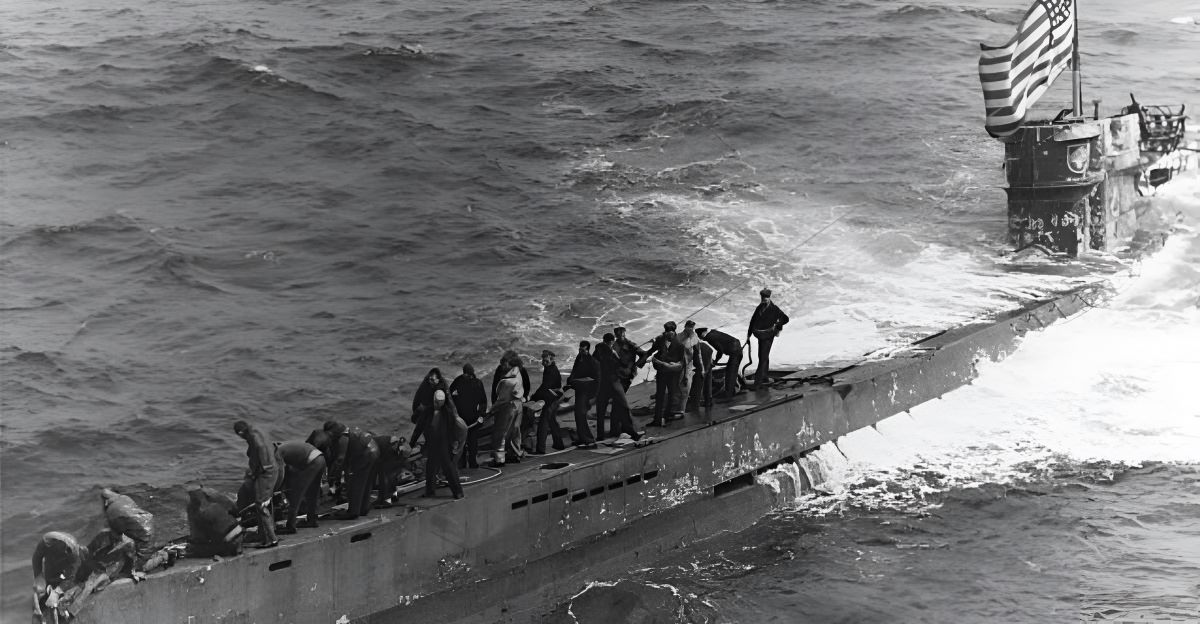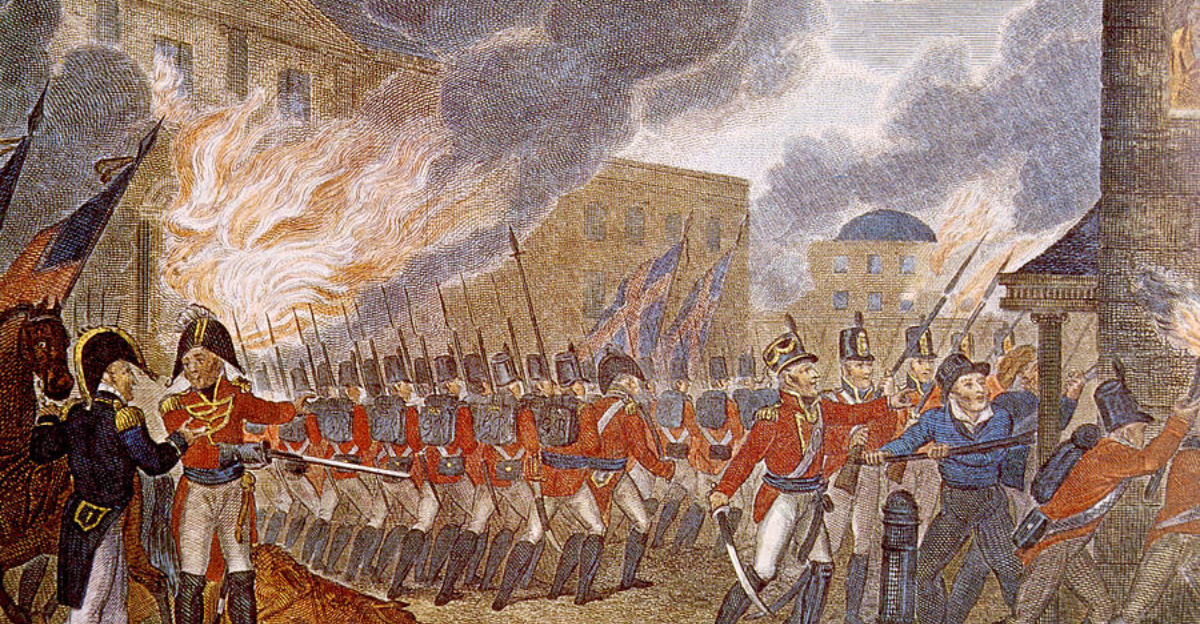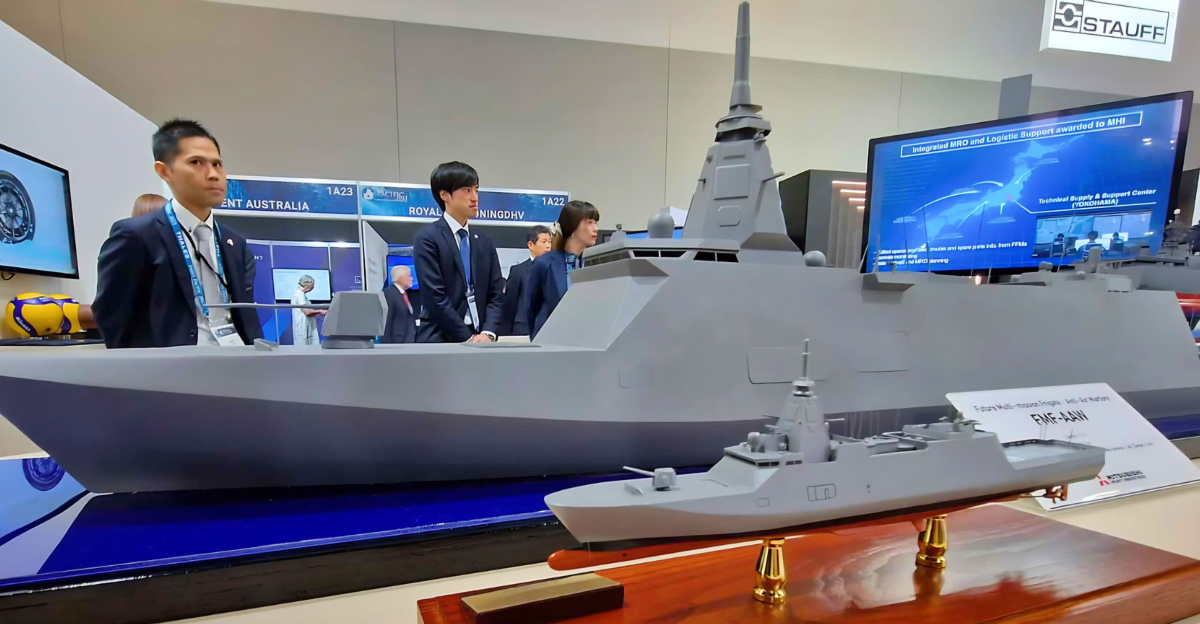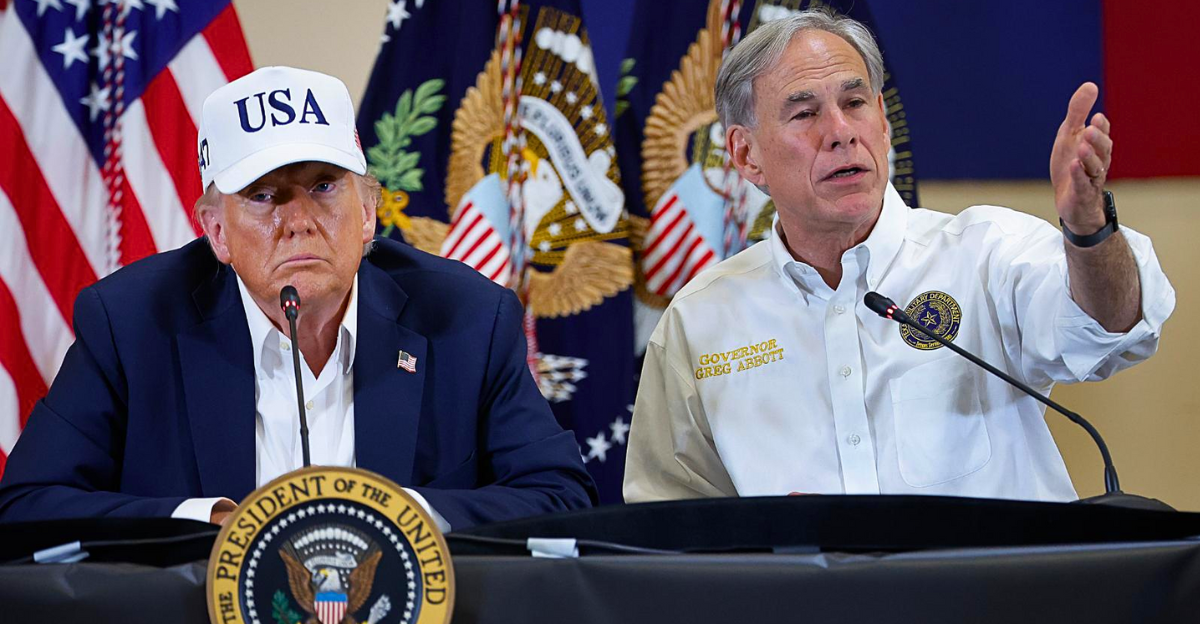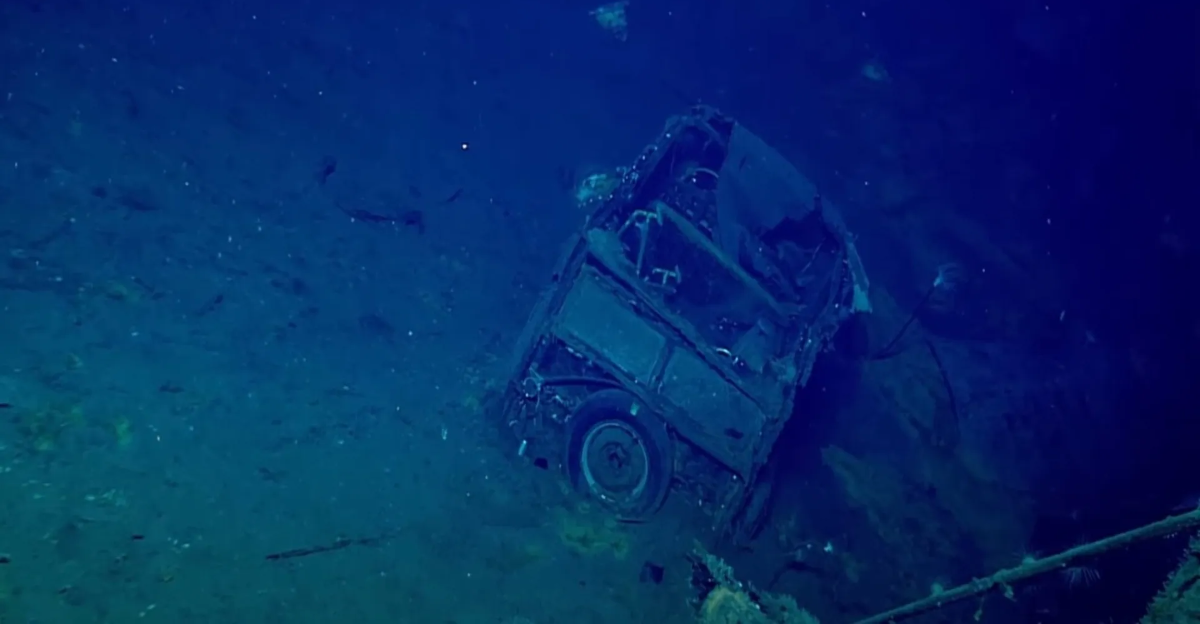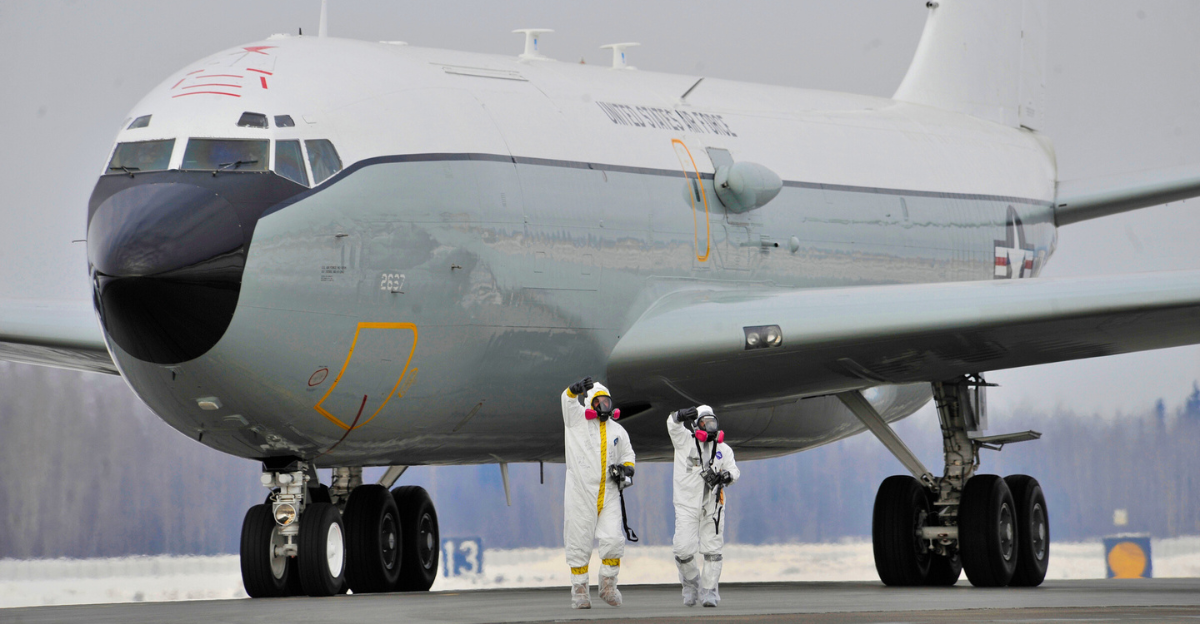
Nuclear tensions between Russia and the US escalated this week after a social media post made by officials.
According to BBC News, President Trump’s nuclear submarine deployment came after former Russian President Medvedev’s words on social media.
Digital Threats

On Telegram, Dmitry Medvedev made a comment on Russia’s automatic nuclear strike system after personally criticizing Trump.
Le Monde reported that Medvedev made the suggestion that Trump should watch “The Walking Dead” to understand the consequences of nuclear warfare – in an allusion to Dead Hand, the infamous Soviet-era semi-automatic nuclear retaliation system.”
Nuclear Doctrine

These comments come several months after Russia’s nuclear doctrine underwent substantial changes in November 2024, lowering the threshold for the justified use of nuclear attacks.
According to PBS NewsHour, Putin’s revised policy allows nuclear responses to conventional attacks supported by nuclear powers, treating any assault by non-nuclear states backed by nuclear allies as “joint attacks.”
Treaty Collapse
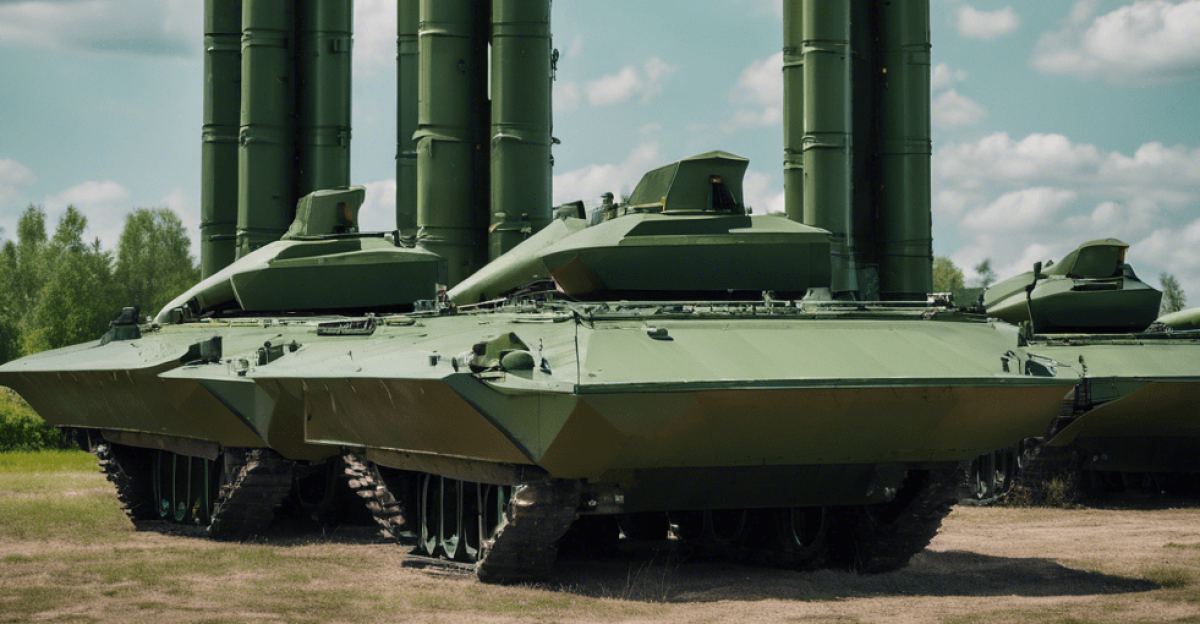
Just days ago, Russia ditched old nuclear missile treaty obligations and justified the decision through NATO threats to national security.
According to The New York Times, Moscow announced it “will no longer abide by its self-imposed moratorium on the deployment of intermediate and shorter-range missiles,” blaming Western military support for Ukraine.
Arctic Mission

On August 5, A US Air Force WC-135R “Constant Phoenix” flew a 14-hour nuclear detection mission around Russia’s Arctic facilities.
According to Newsweek, the aircraft departed RAF Mildenhall and “flew a circuit around the Barents Sea” north of Murmansk and west of Novaya Zemlya, monitoring for radioactive signatures.
Strategic Targets
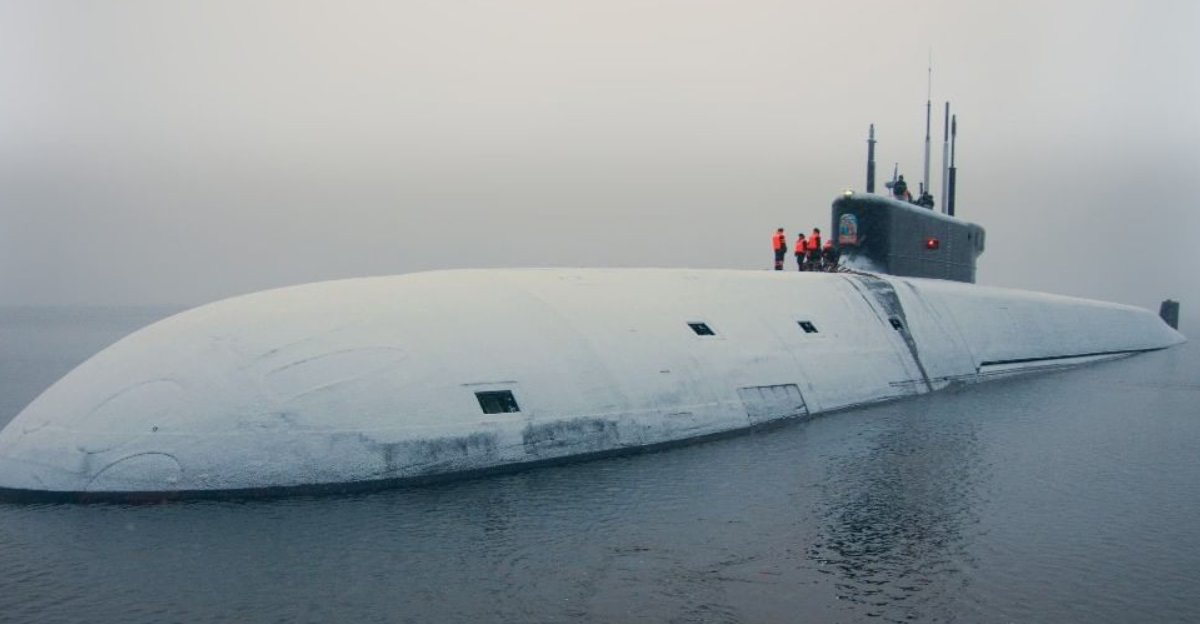
The goal of the flight was to survey Russia’s most sensitive nuclear submarine bases located near the Norwegian border.
Gadzhiyevo is a base that holds ballistic missile submarines with nuclear payloads. Meanwhile, Severodvinsk builds Russia’s latest nuclear vessels at the Sevmash shipyard, cited by The Barents Observer.
Submarine Response
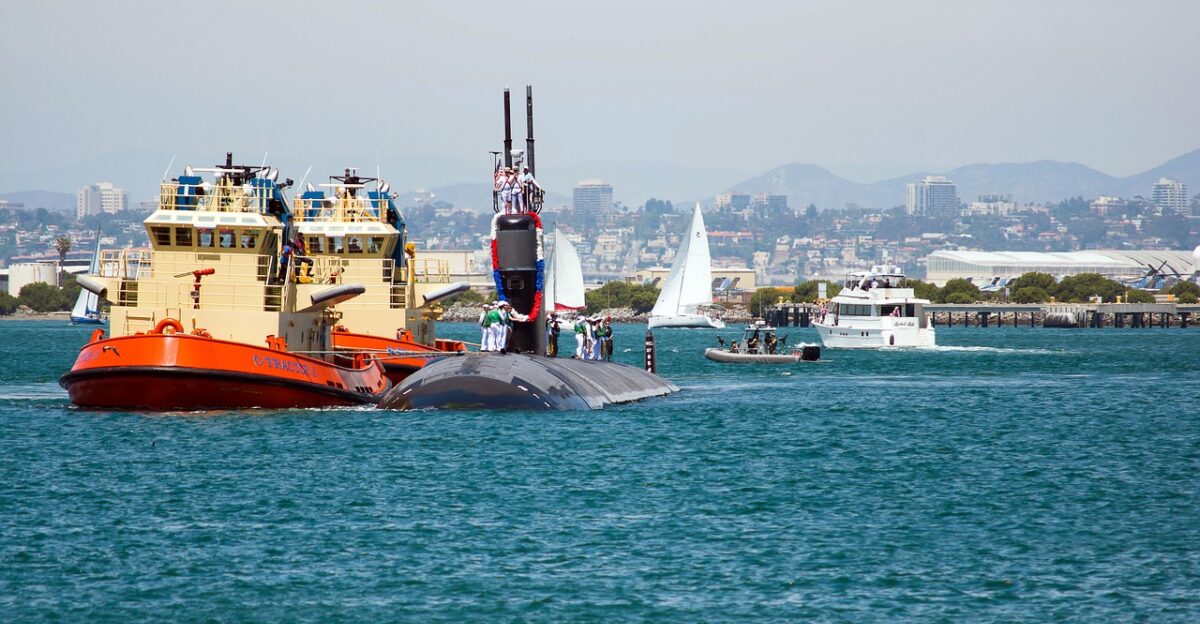
After the threatening social media posts, Trump ordered the repositioning of two nuclear submarines.
According to Le Monde, Trump stated, “Words are very important, and can often lead to unintended consequences, I hope this will not be one of those instances” while describing the deployment as response to “foolish and inflammatory statements.”
Diplomatic Deadline
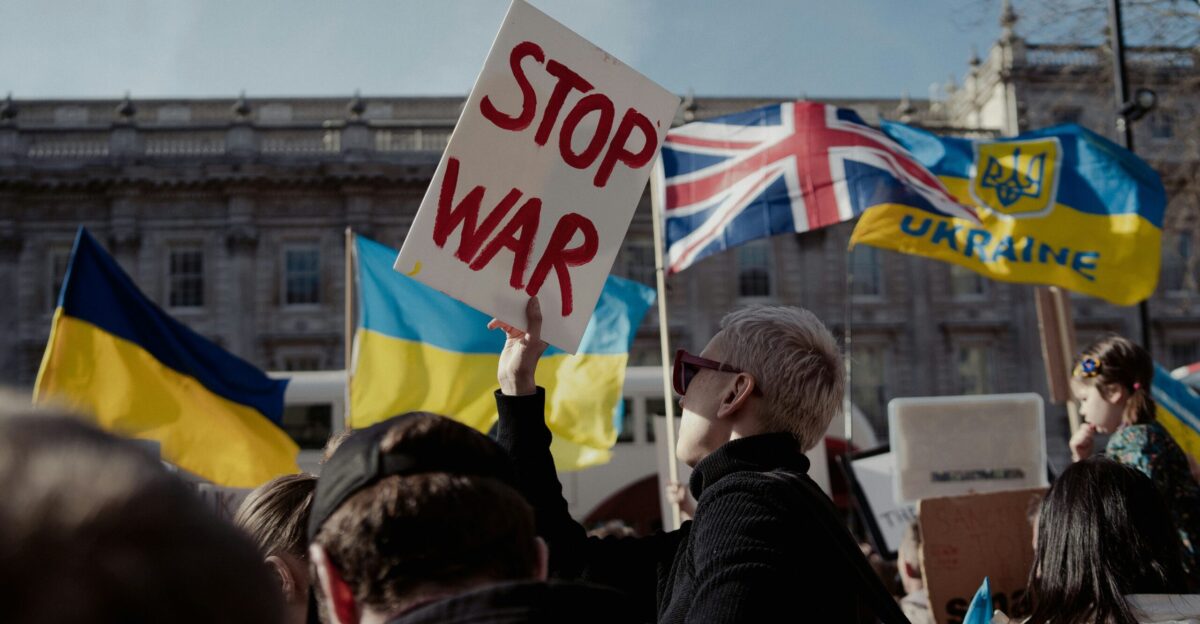
Trump set an August 8 deadline for Russia to agree to a Ukraine ceasefire or face severe sanctions. Reuters found that the US told the UN Security Council that “President Trump has made clear this must be done by August 8,” threatening additional measures and tariffs on countries purchasing Russian oil.
Trump has given Russia an ultimatum: negotiate a ceasefire with Ukraine by August 8 or face harsh sanctions from the United States.
Reuters found that the US told the UN Security Council that “President Trump has made clear this must be done by August 8,” threatening additional measures and tariffs on countries purchasing Russian oil.
Global Arsenal
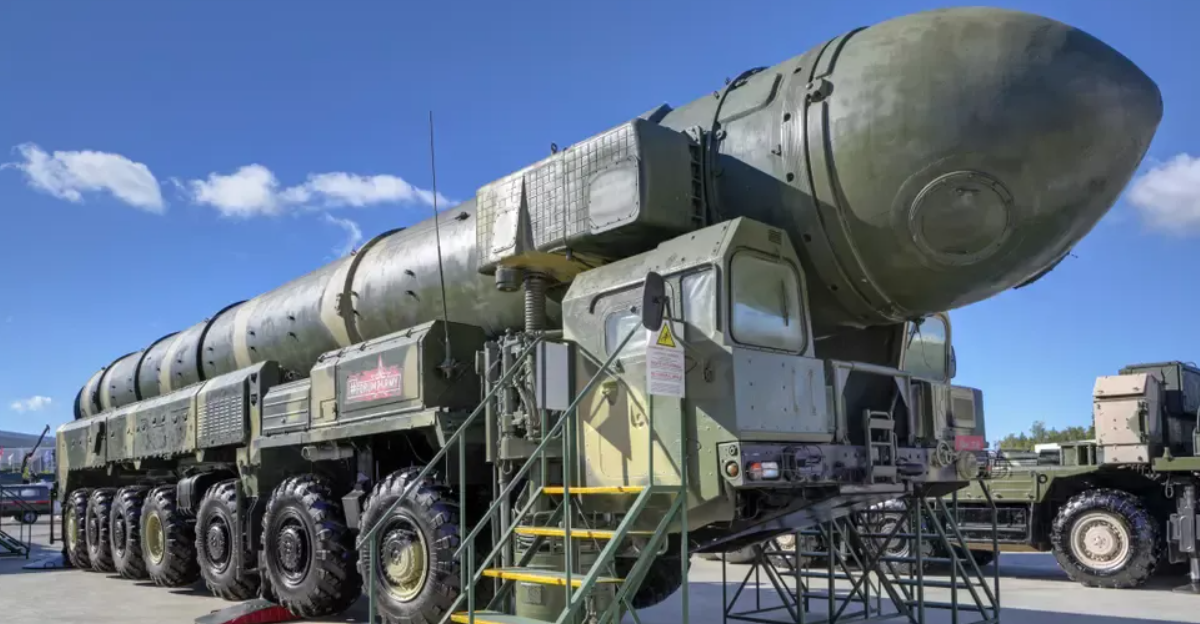
The majority of the world’s nuclear weapons are controlled by the United States and Russia, with a combined total of around 12,000 warheads across the globe.
According to The Federation of American Scientists, Russia has slightly more nuclear warheads than the United States, at approximately 5,460 compared to the US’s 5,177. Both nations control roughly 87% of all nuclear weapons worldwide despite post-Cold War reductions.
Secret Weapon
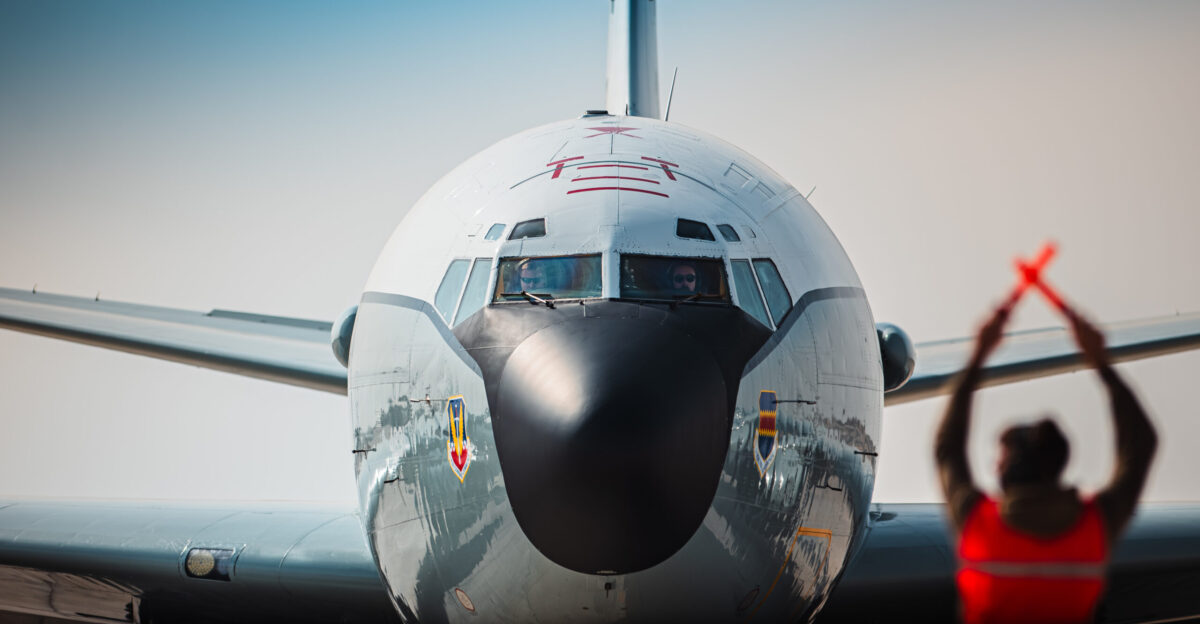
Intelligence sources suspect that the deployment of the WC-135R aimed to “sniff out” nuclear weapon testing of Russia’s Burevestnik cruise missile.
United24Media analysis shows satellite imagery revealing increased activity at Novaya Zemlya’s Pankovo test site, where Russia conducted multiple previous failed attempts to launch the experimental weapon dubbed “flying Chernobyl.”
Fleet Expansion
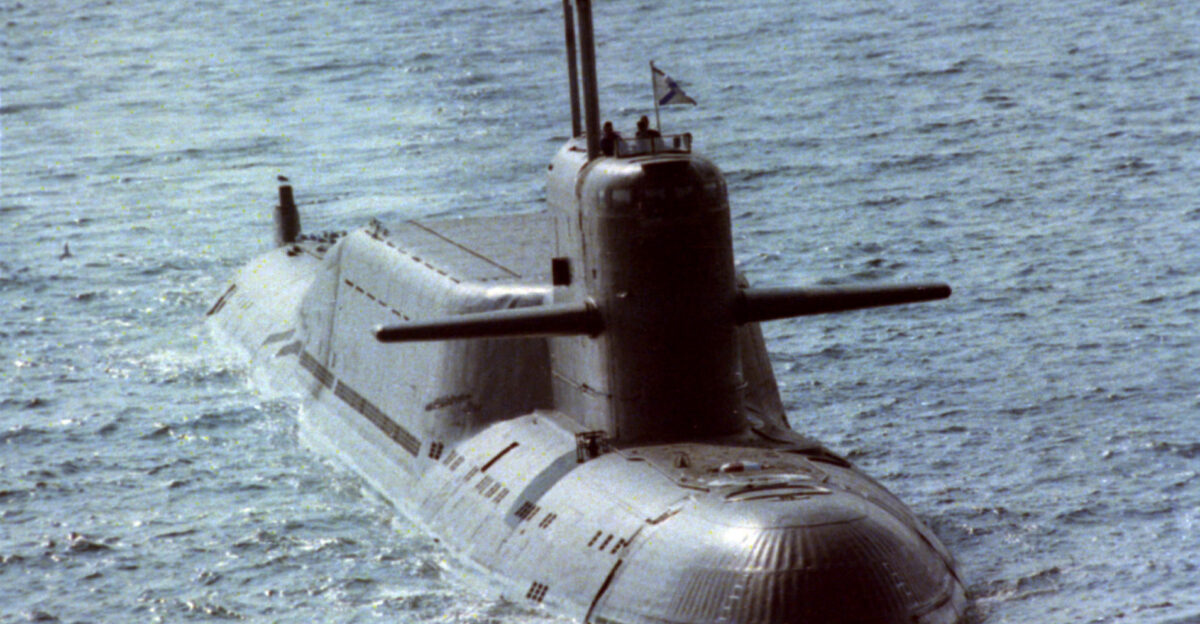
Russia delivered its newest nuclear submarine to Arctic bases in July, significantly boosting underwater nuclear capabilities.
Defense-UA disclosed that the Knyaz Pozharsky Borei-A class vessel carries 16 Bulava missiles with multiple warheads, joining other nuclear submarines that collectively deploy hundreds of warheads in Arctic waters.
Putin’s Statement

Putin personally attended the submarine ceremony in Severodvinsk, emphasizing the importance of nuclear submarines to Russia’s defense strategy.
TASS quoted Putin stating that strategic missile submarines are “one of the most important components of the nuclear triad, which allows Russia to maintain the balance of power in the world.”
Infrastructure Upgrade

Russia modernized nuclear facilities across five strategic bases throughout 2025, expanding weapons storage and security systems.
Kyiv Independent obtained satellite images revealing new triple-layered security fencing, advanced air defense systems, railway platforms for nuclear transport, and approximately 50 new missile storage bunkers at Arctic installations.
Expert Analysis
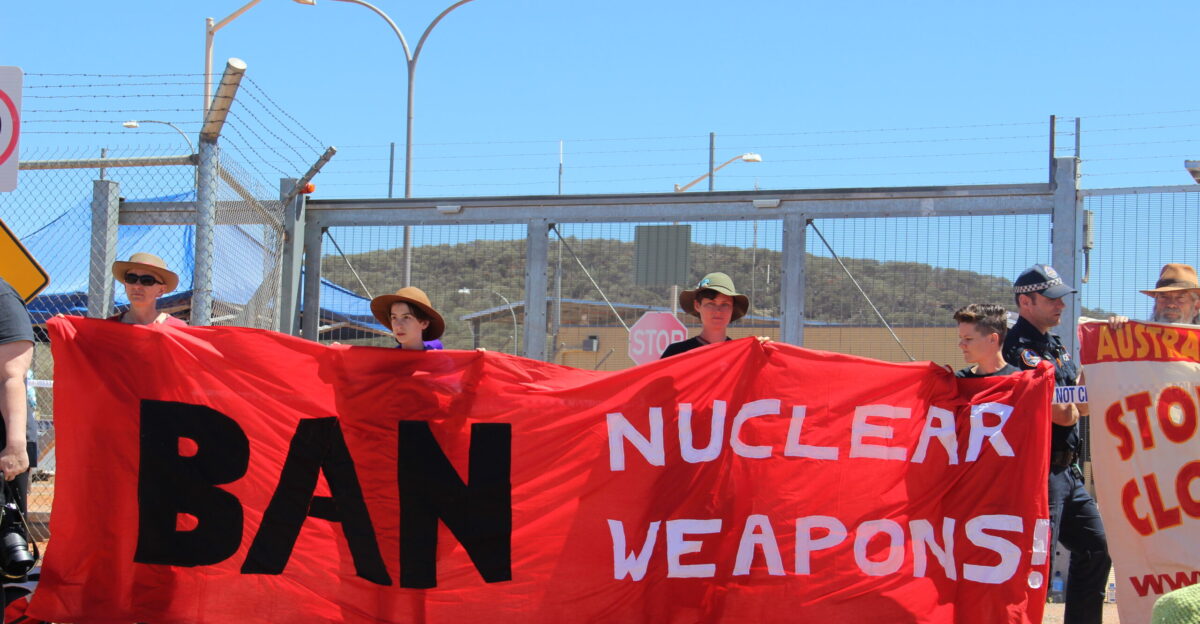
Arms control specialists warn that Russia’s nuclear doctrine changes dramatically increase accidental conflict risks worldwide.
European Leadership Network analysis concluded that Putin’s nuclear threats represent dangerous tactics that nonetheless create real risks of miscalculation and escalation between nuclear powers amid ongoing warfare.
Moscow Talks
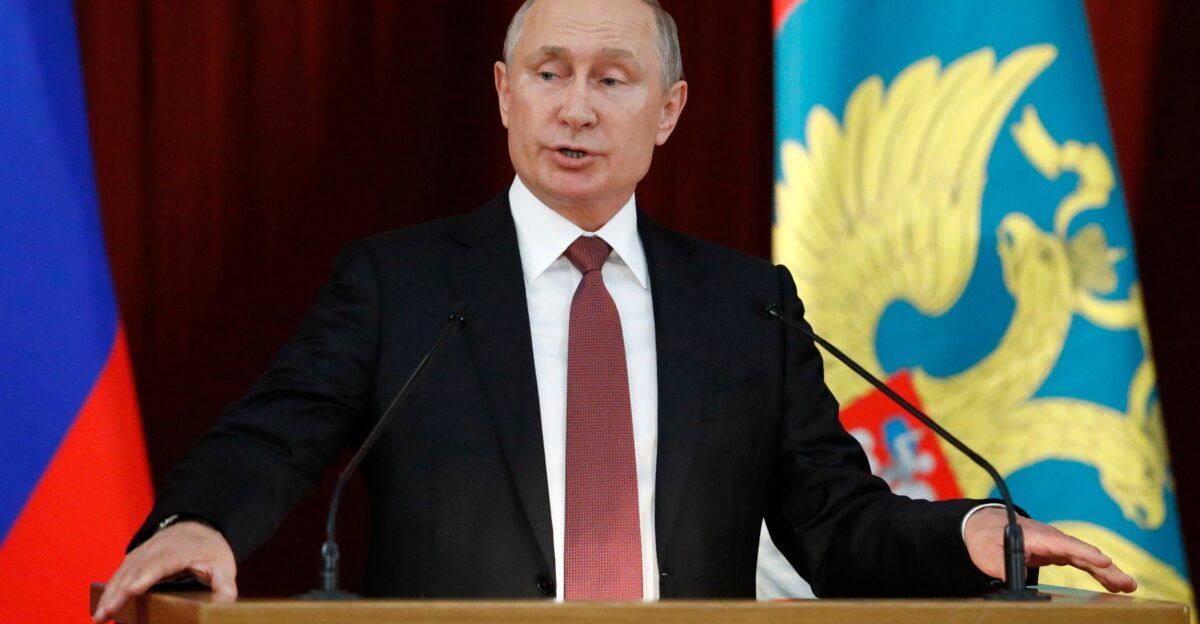
Trump’s special envoy, Steve Witkoff, met Putin for three hours on August 6, seeking a breakthrough before the sanctions deadline.
Times of Israel reported that Kremlin aide Yuri Ushakov described talks as “useful and constructive,” with Moscow receiving “certain signals from Trump” while sending messages in return.
Security Protocols
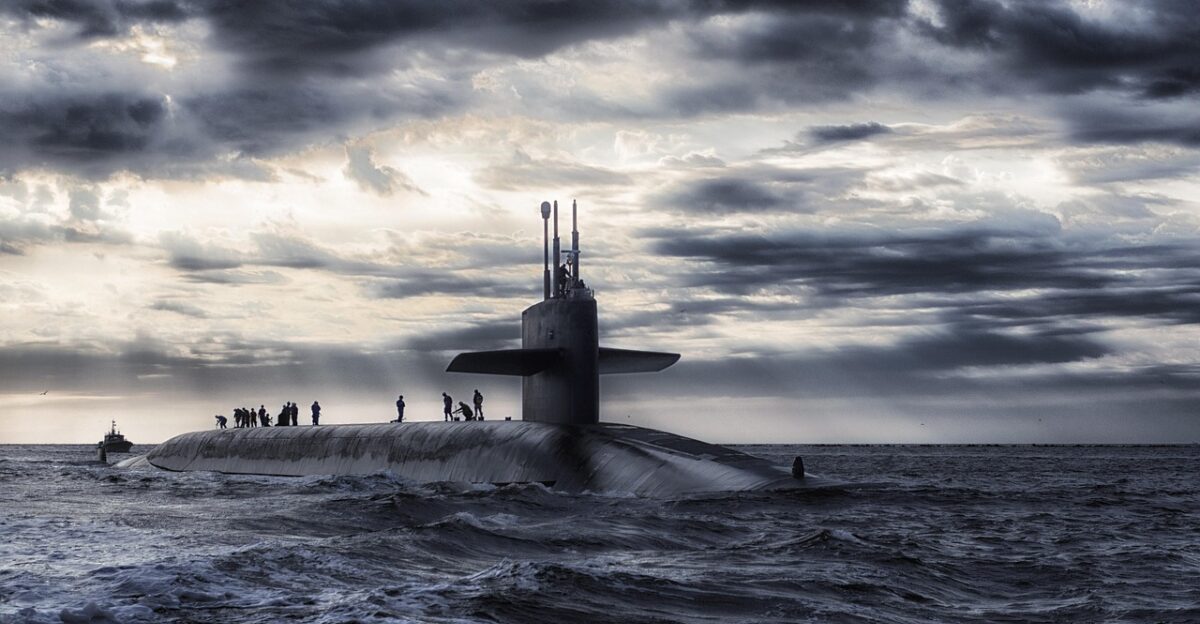
Trump’s public disclosure of submarine movements breaks traditional military secrecy protocols, raising legislative oversight questions.
CSIS analysis indicated that revealing nuclear asset locations during international crises sets new precedents for executive authority over strategic weapons, potentially requiring enhanced Congressional involvement in nuclear decisions.
NATO Response
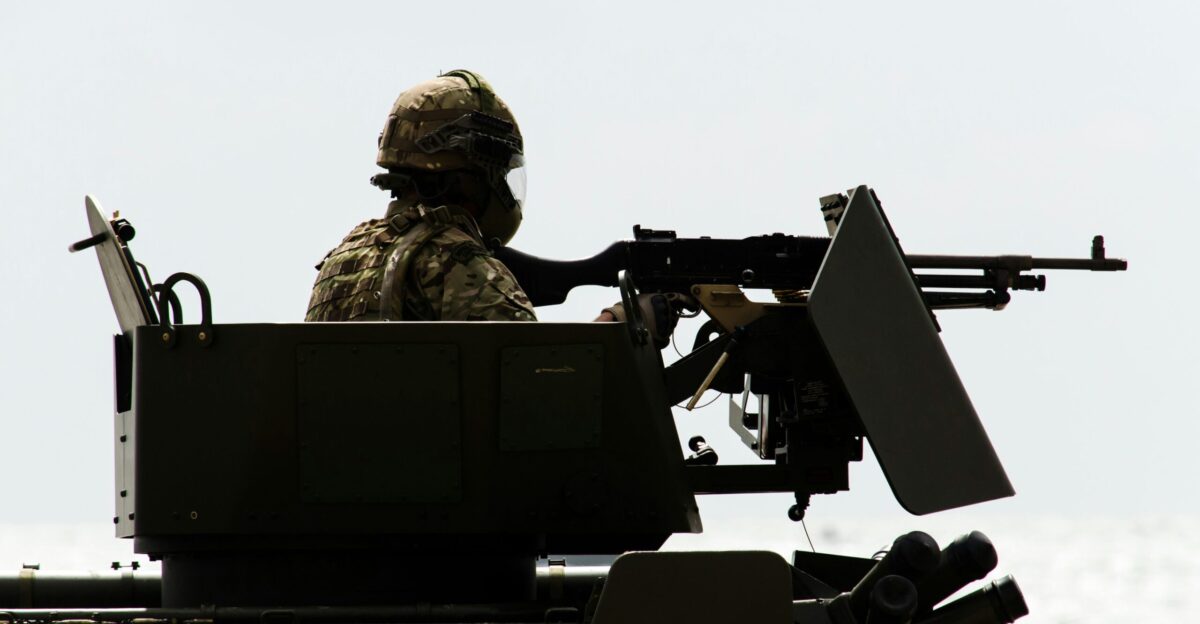
European allies express alarm over Russian nuclear modernization near their borders, prompting alliance strategic reviews.
BBC News cited Sweden’s security service concluding that “Russia poses the greatest threat to Sweden due to its aggressive attitude towards the West” after joining NATO.
Environmental Risks
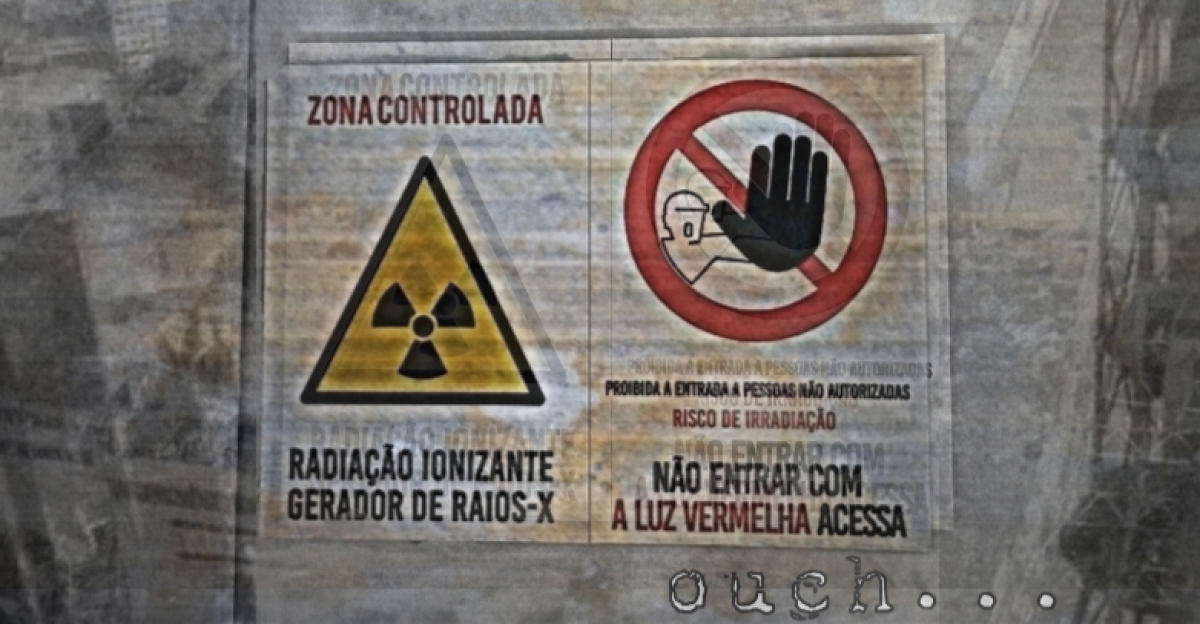
Based on previous radioactive incidents, potential Burevestnik testing poses significant Arctic environmental contamination threats.
United24Media highlighted that a 2019 missile explosion killed seven nuclear specialists and spread radioactive clouds over Severodvinsk, with fallout detected across Scandinavia by international monitoring stations.
Technology Race

Current nuclear tensions reflect broader technological competition as both nations develop advanced hypersonic and underwater weapons systems.
Business Insider observed that Russia’s Burevestnik claims represent efforts to maintain strategic parity while overcoming Western sanctions limiting access to critical technologies needed for nuclear weapons modernization programs.
Historic Precedent
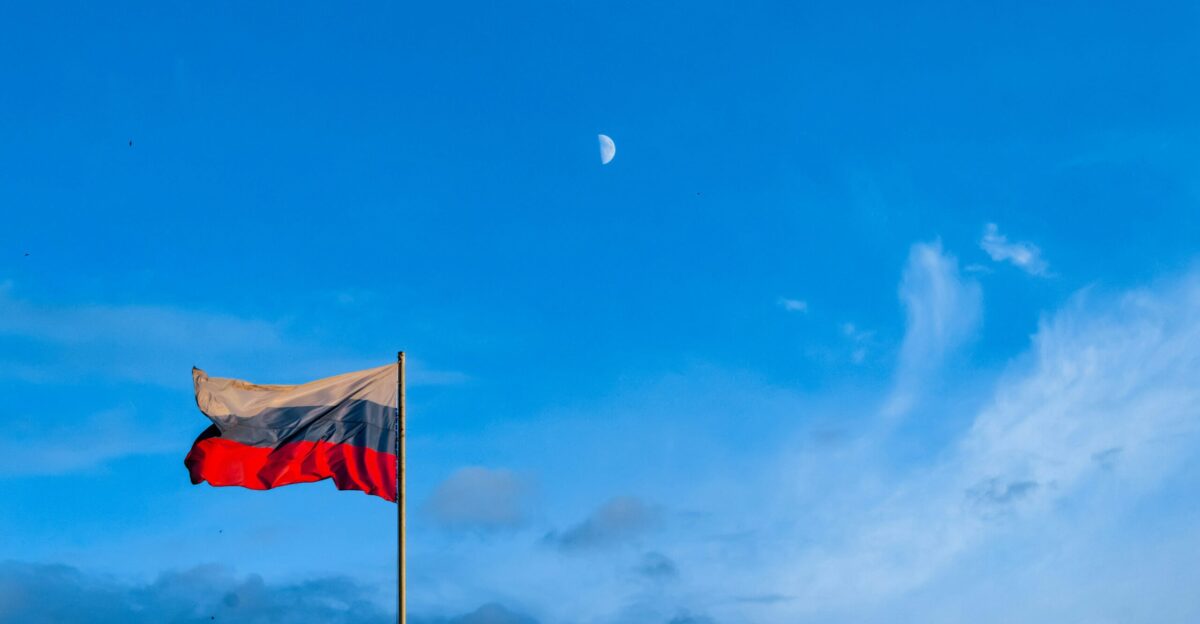
The August 2025 nuclear surveillance mission may represent the most dangerous US-Russia confrontation since the Cuban Missile Crisis.
European Leadership Network analysis warns that combining social media diplomacy with nuclear brinkmanship creates unprecedented risks where nuclear rhetoric significantly increases the potential for miscalculation and unintended escalation.

